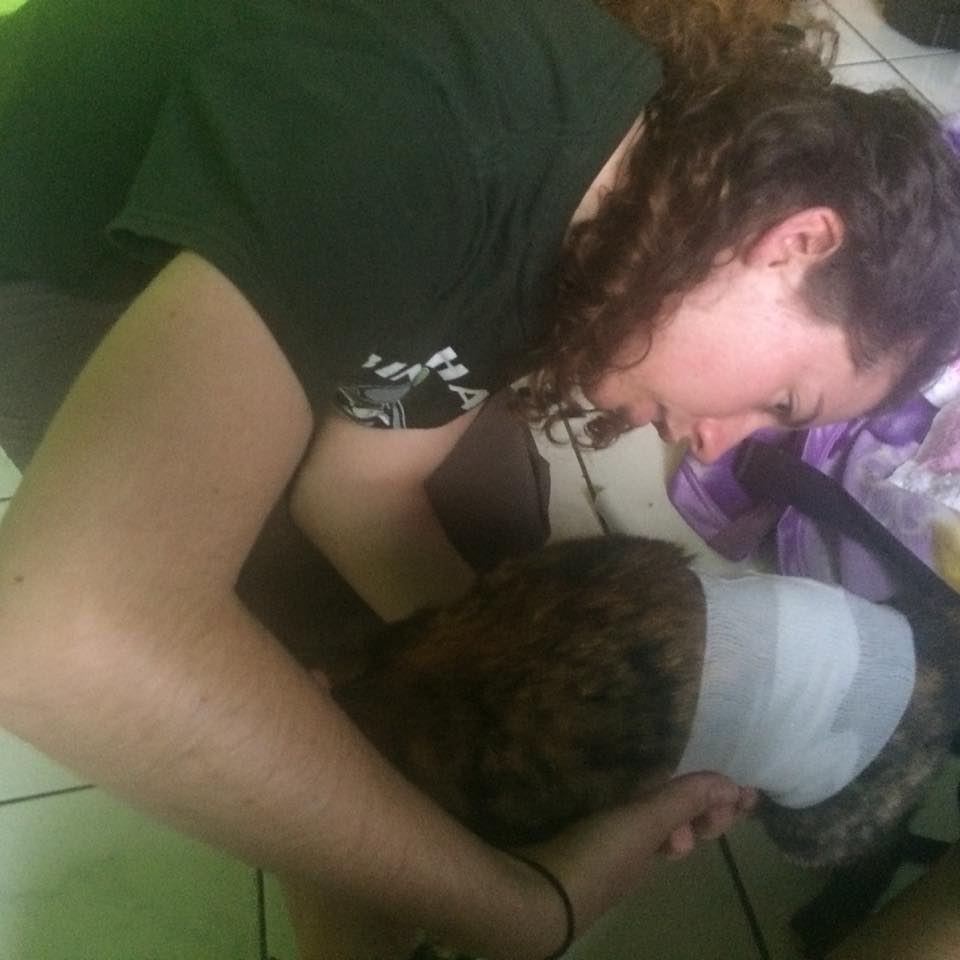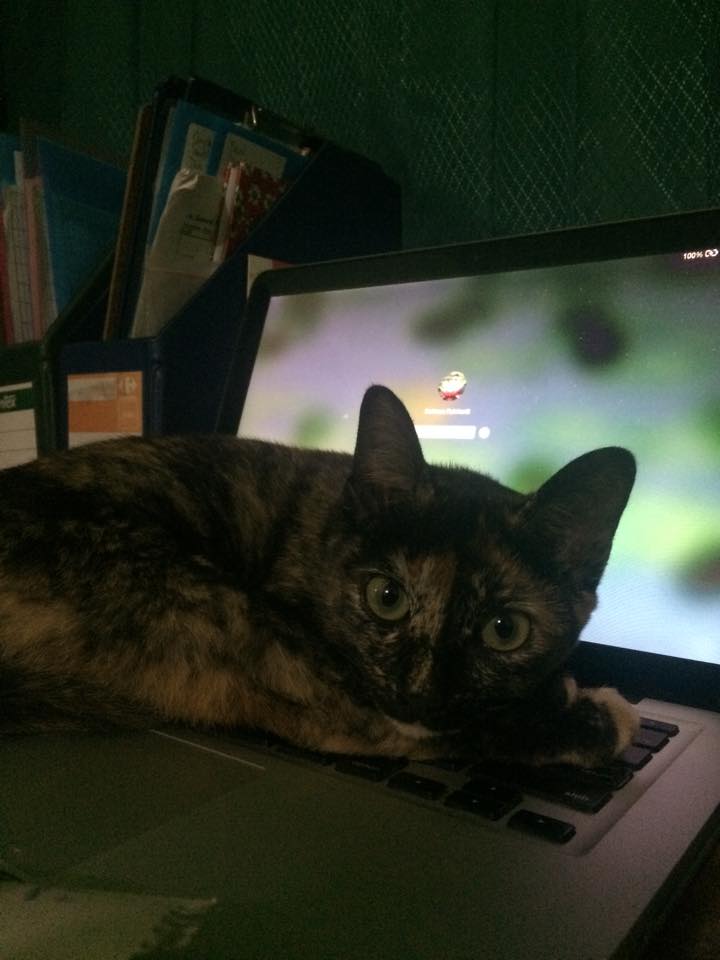The Little Fireface Project team consists of people from all over the world with different cultural and academic backgrounds. Eager to do my part to save the elusive yet captivating Javan slow loris, I joined Little Fireface Project three weeks ago as a research assistant, bringing my own twist to the team. I always had an interest to help mammals in their natural habitat and after becoming a licensed veterinary technician (LVT) in America, LFP had given me the opportunity to do so! I have worked in America as a LVT for the past 3 years and am glad to bring a medical aspect to this team.
One LVT tip I shared is implementing the technique of using the distance of the anogenital space in order to tell the sex of a loris. Females will have shorter anogenital distance than males. Sometimes it is difficult to sex a loris but using this measurement can help determine the sex of a loris more easily.
There are two potential ways to non-invasively test stress levels in a slow loris. One is by looking at the state of the brachial gland. When a loris is stressed, they secrete a venomous excretion from the brachial gland as a defense mechanism, which they would later combine with their saliva. Another way to test stress is to examine cortisol levels. Studies have shown cortisol levels are directly correlated to how stressed an individual is. By collecting and examining faecal samples, you can later test cortisol levels in a lab. PhD student Katie Reinhardt and I will be visiting Cikananga Rescue Center this week to test and compare the cortisol levels of captive and wild lorises. Then we will research to see if cortisol levels are directly related to brachial secretion. If this is the case, then rescue centers, zoos and wild researchers could easily identify a lorises stress levels in the most non-invasive level—by simply looking at their brachial glands.

I am also able to provide basic medical treatment for one of the team’s four legged members. The team has a house cat, Steven, who wins the hearts of all who meet her. Originally brought in to hunt unwelcomed mice in the field house, the feline does more than just keeping mice at bay. Steven brings joy to everyone just with her loving presence and makes the field house a more welcoming and fun place to stay. Unfortunately, after being spayed Steven had post-surgical complications and needed medical attention. Luckily LFP has connections with Dr. Dian, a veterinarian who works at Pusat Konservasi Elang Kamojang, an eagle conservation about 45 minutes away by motor bike. Stevie received medical attention essential to her wellbeing and is currently being treated with daily antibiotics. It will be a long road to a full recovery and I am glad to be here to lend a helping hand along the way.

- Julia Koncelik, LFP volunteer
